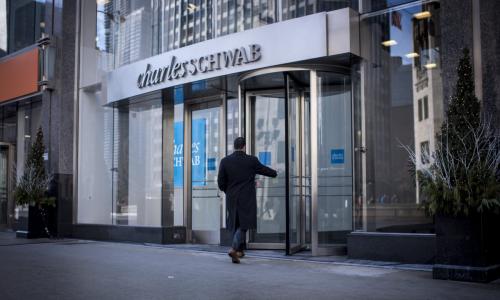In February 2012, ING Direct became part of the Capital One family. Both institutions, historically, have been pretty competitive when compared to the industry as a whole, and reviews have been mixed on how this merger would affect the everyday consumer. Some analysts thought the merger would only have positive effects, since the network of ATMs that are available to its customer base would increase. Those optimists even speculated that customers who continued to choose the online-only banking option might even see better savings rates than previously found at either bank.
Others, however, took a more cautious approach, arguing that the number of total banking options would decrease. Many speculated that ING customers could ultimately suffer, since previous ING customers didn't have to deal with the overhead fees that came along with having a bank that also has brick-and-mortar locations, like Capital One. However, for those who currently carry large dollar balances at both ING Direct and Capital One, there's now a new reason to worry: FDIC coverage.
Recently, ING Direct sent emails to customers at Capital One, N.A. and ING letting them know that on November 1, 2012 both institutions will legally become one bank. There will be a six-month grace period on FDIC coverage on existing deposits, where separate deposit amounts at Capital One, N.A. and ING Direct will still be covered up to the FDIC max of $250,000 per depositor (or $500,000 for joint depositors) at each of the institutions. After May 1, 2013 (or, effective immediately, for any new deposits), FDIC coverage will be based on your total combined deposits in all of your accounts at both institutions. That means if you have $200,000 in deposit at Capital One, N.A. and $200,000 at ING Direct, only $250,000 will be insured by FDIC. There is a good piece of news for CD-holders, however. If you open CDs before November 1, 2012, they will stay separately insured until the first maturity date after May 1, 2013.
However, to make things even more confusing, some existing Capital One account holders are not affected by the merger. Capital One accounts that are held by Capital One Bank are separate from accounts that held by Capital One, N.A. Capital One Bank is not part of the legal merger (while Capital One, N.A. is), and accounts held in Capital One Bank will continue to have separate FDIC coverage, even after May 1, 2013.
Many people report receiving an email from their bank in the last few days, letting them know about what changes they can expect in their FDIC coverage. If you currently have an account at Capital One and are unsure about whether or not your account will be affected for FDIC purposes, you should definitely call your bank to clarify. In today's banking market, customers have to be more proactive than ever to make sure that they’re getting the best deal—and the most FDIC coverage—possible.
For the best information on banks, click here.







Add your Comment
or use your BestCashCow account